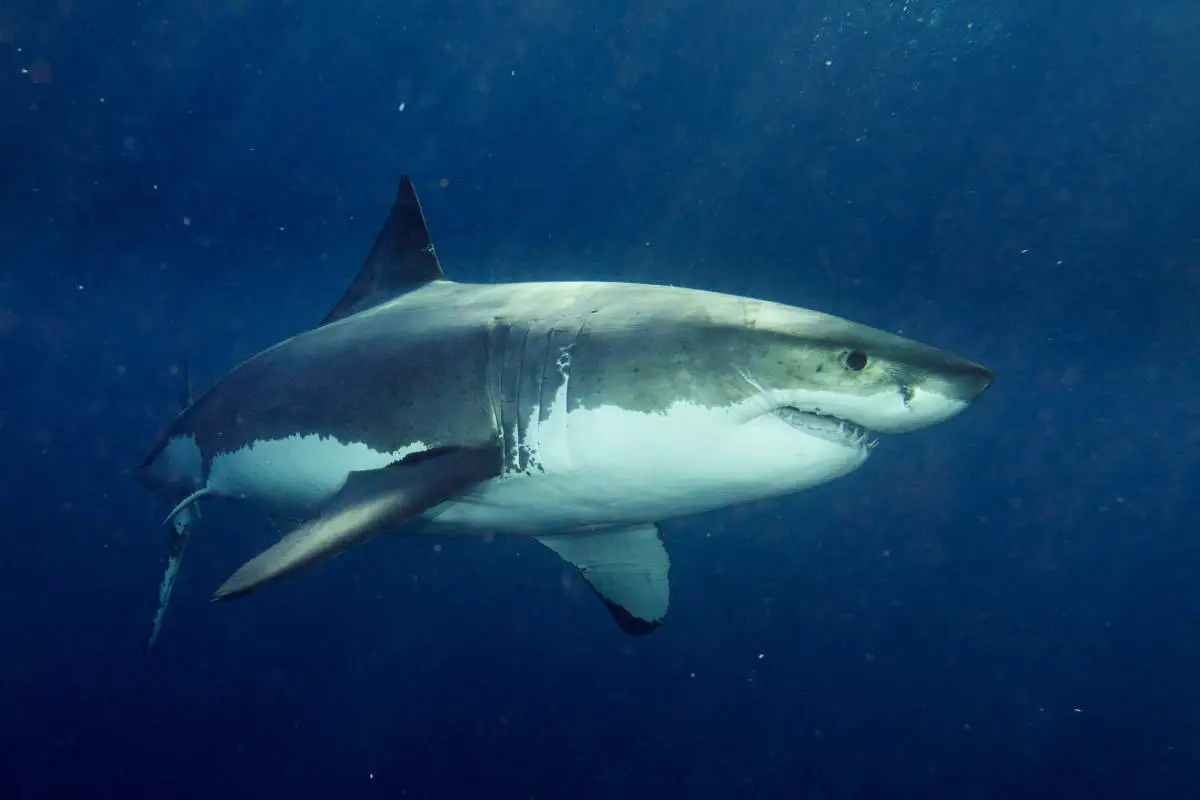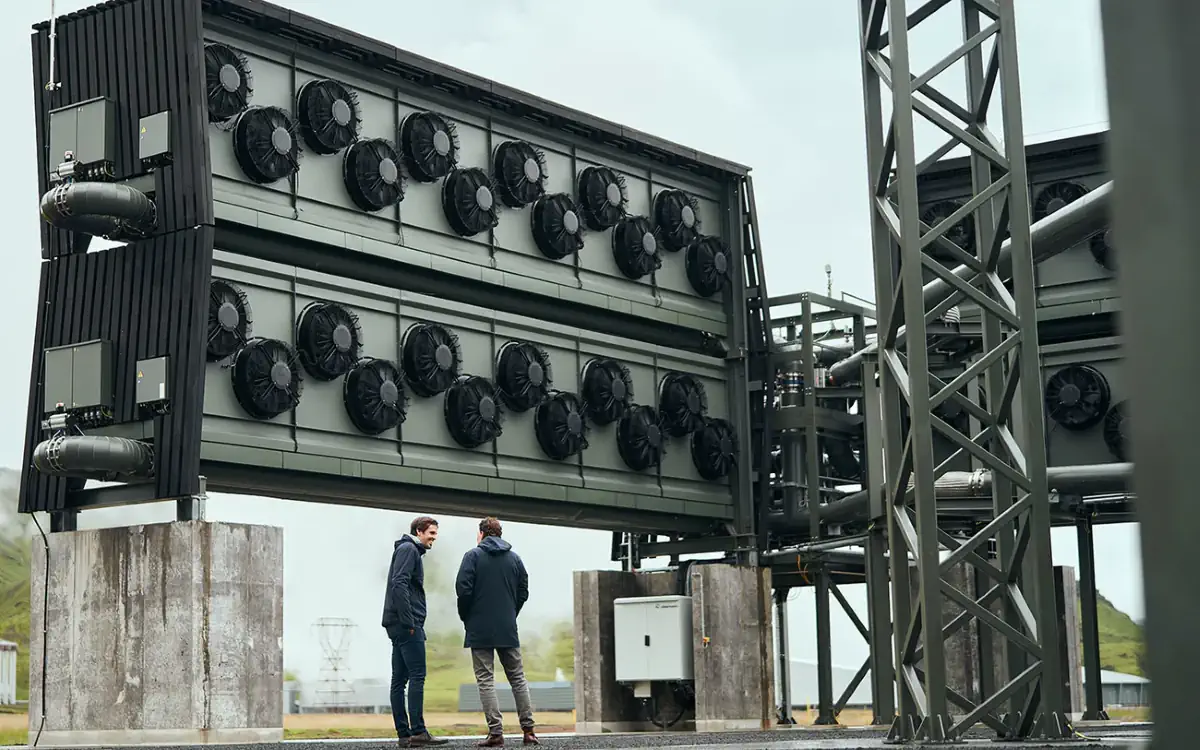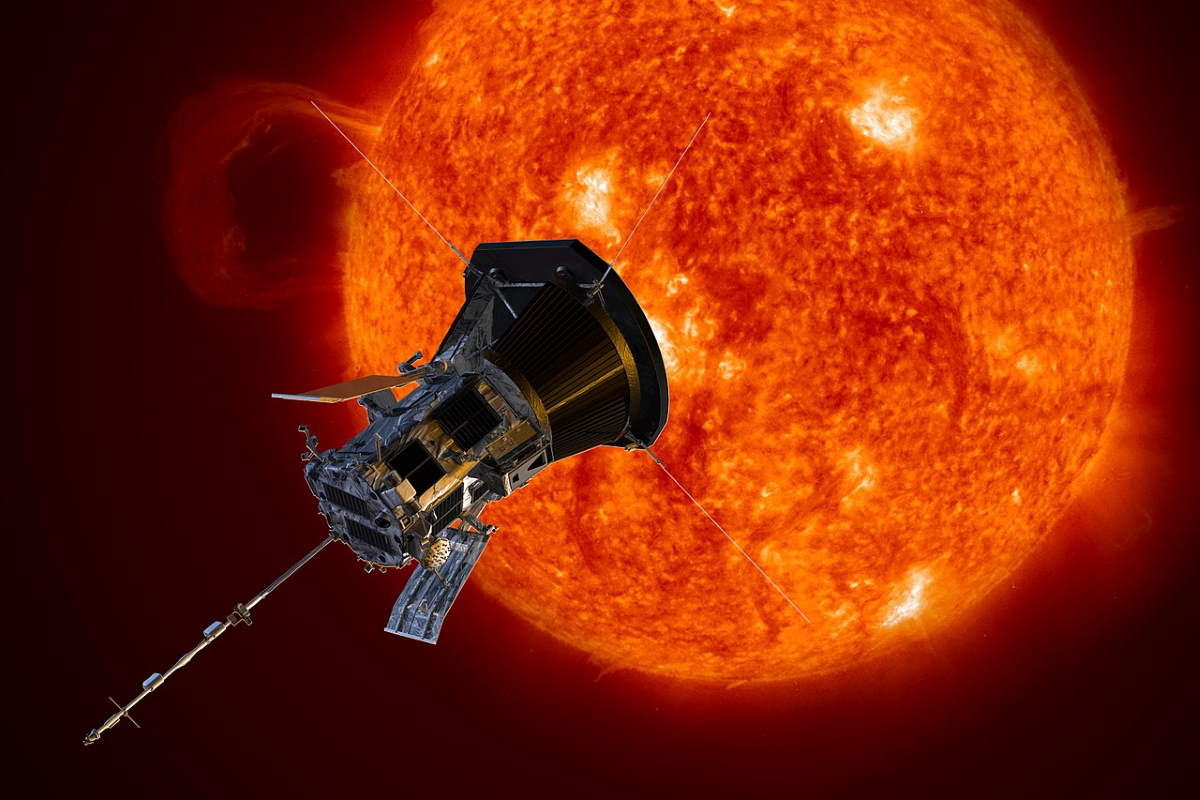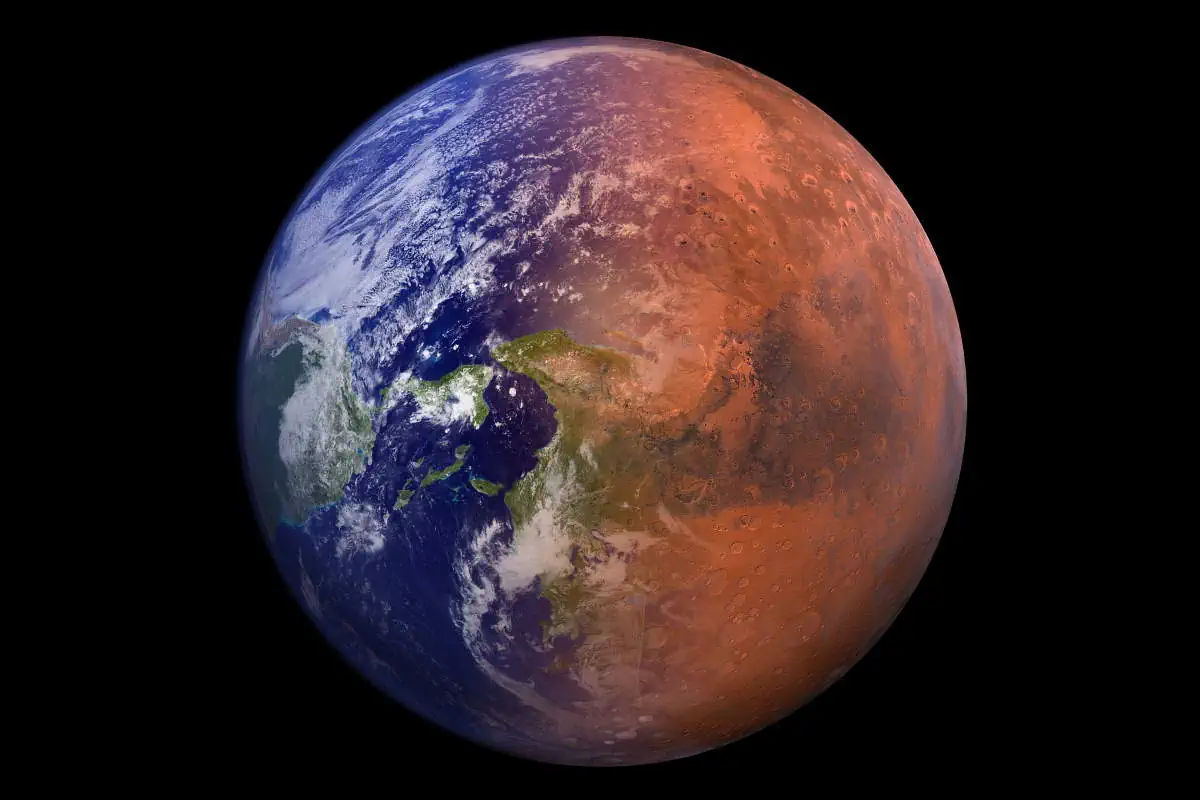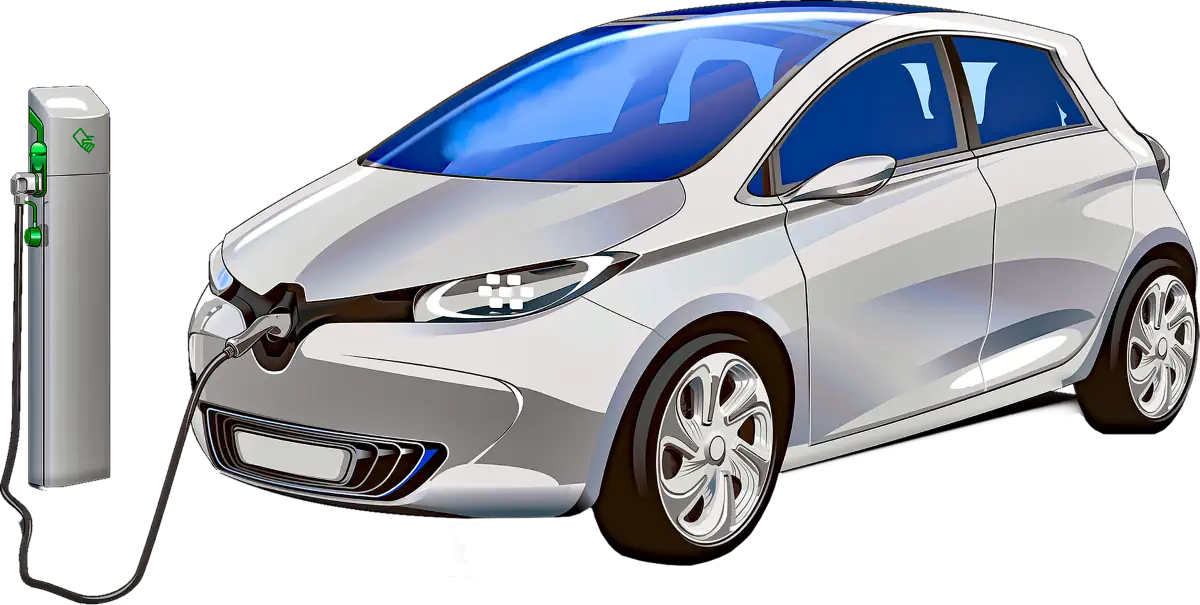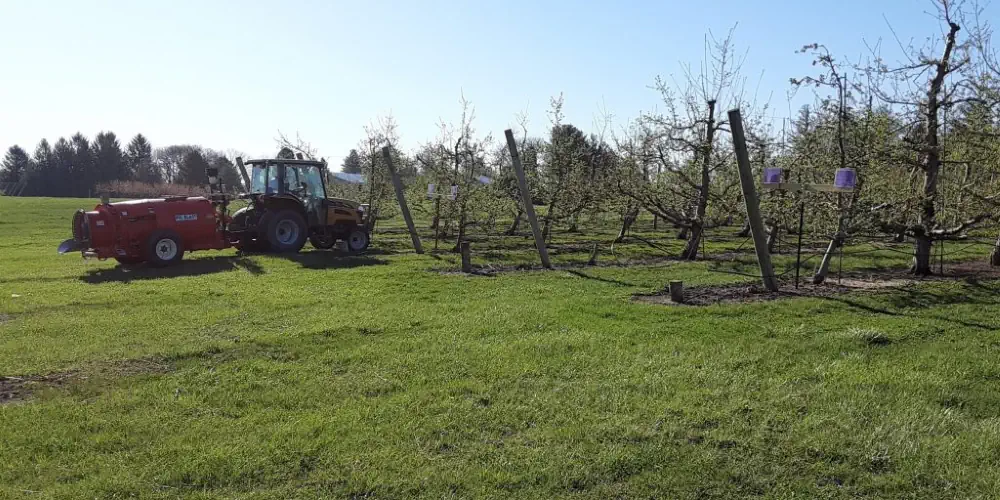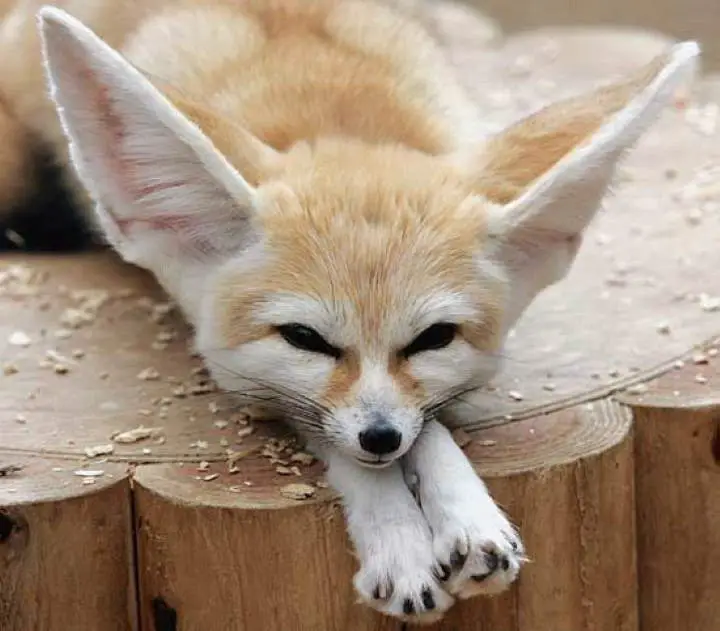The great white shark (scientific name: Carcharodon carcharias) is one of the most feared beasts in the world’s oceans. They are also known as simply the “great white”, white pointer, white shark, or white death. They can be found in the coastal surface waters of all the Earth’s oceans. Here are 10 amazing great white shark facts.
